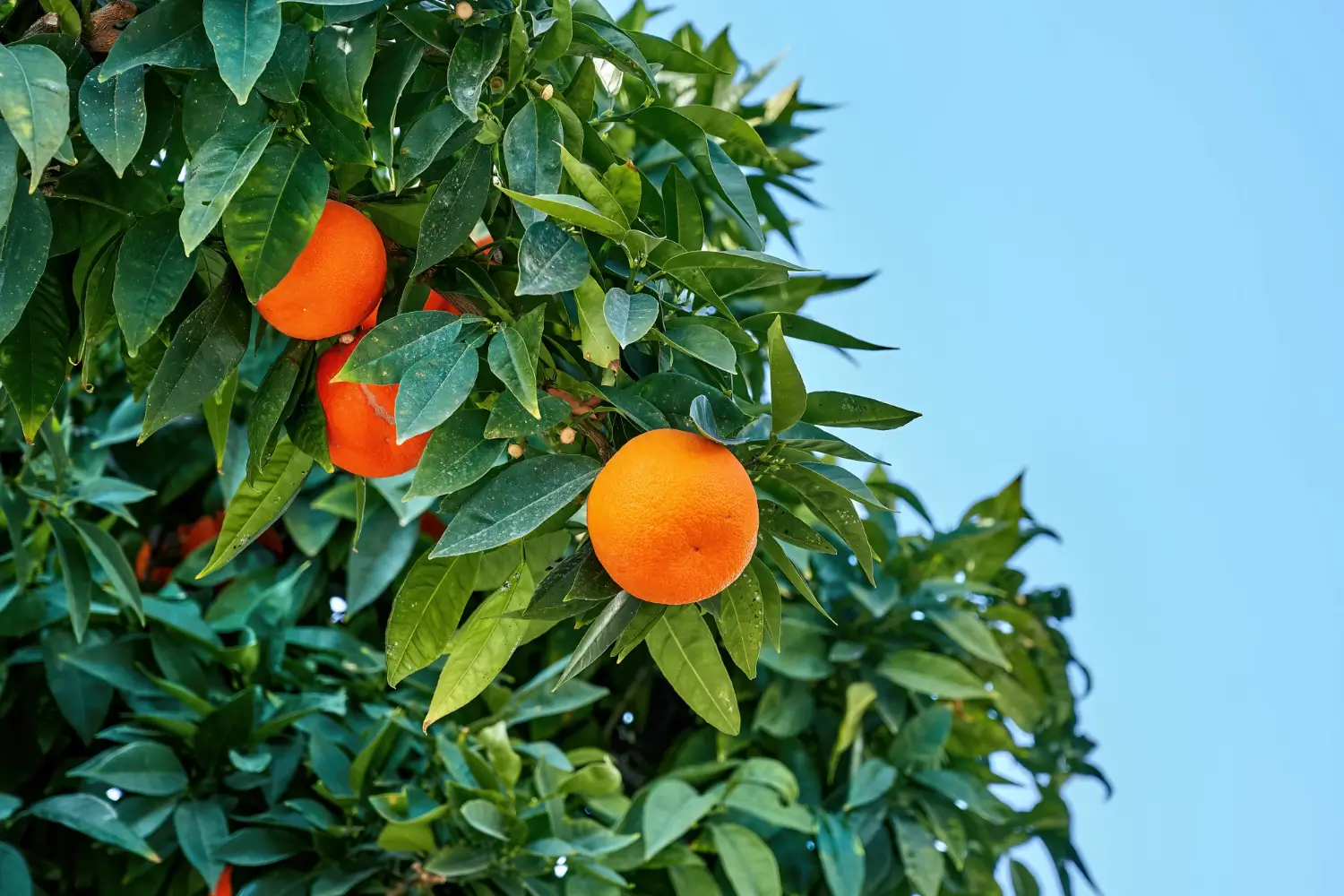
Soil Health & Fertilization
We unite suppliers and green industry professionals worldwide
The Date Palm is a timeless architectural plant, which offers desert elegance in both an outdoor garden or indoors. With its arching, feather-like fronds and slender, rugged trunk, it is a bold statement whether potted or grown outdoors in the right setti
By Mariam Scott
|Published on November 30, -1
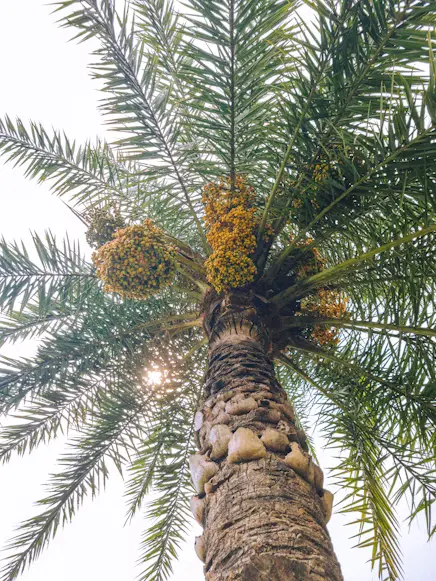

Have you ever dreamed of an oasis-like space in your home or garden?
The Date Palm is exactly that—a timeless architectural plant, which offers desert elegance in both an outdoor garden or indoors. With its arching, feather-like fronds and slender, rugged trunk, the Date Palm is a bold statement whether potted and displayed as an indoor decorative tree or grown outdoors in the right setting.
Compared to their more fussy tropical relatives, the Date Palm is fairly forgiving, provided they get enough warmth. It is a heat-tolerant, sun-loving variety that needs very little water once established. However, young palms need constant pampering, especially humidity, warmth and shelter from drafts. Regular pruning helps maintain its sleek silhouette and prevent its naturally sharp fronds from becoming a hazard.
Although indoor Date Palms will never produce edible dates, their majestic form and minimal pest problems make them an attractive choice for plant enthusiasts wanting a bold yet fairly low-maintenance companion. Whether framing entryways or accenting bright rooms, the Date Palm’s graceful growth will lend a desert-chic look for years to come.
| Common Name | Date Palm |
| Botanical Name | Phoenix dactylifera |
| Type | Evergreen palm tree |
| Mature Size | Outdoors: 40–75 ft (12–23 m); Indoors (potted): 6–10 ft (1.8–3 m) |
| Sun Exposure | Full sun |
| Soil Type | Well-draining sandy or loamy soil |
| Soil pH | Neutral to slightly alkaline (7.0–8.0) |
| Toxicity | Not pet-safe – sharp fronds and fruit debris pose risks |
| Hardiness Zones | USDA Zones 9–11 (outdoors) |

September 25, 2025
9 minute read
September 24, 2025
9 minute read
September 23, 2025
10 minute read
September 22, 2025
9 minute read


Join as a seller and connect with thousands of B2B buyers nationwide!
Sign Up
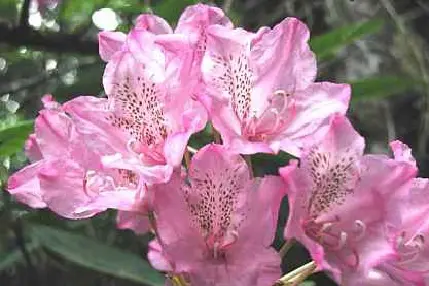
Pacific Rhododendron
The Pacific Rhododendron is the demonstration of natural beauty.This large-leaved rhododendron offers striking pink to rosy-purple blooms that light up shady corners of the landscape each spring.
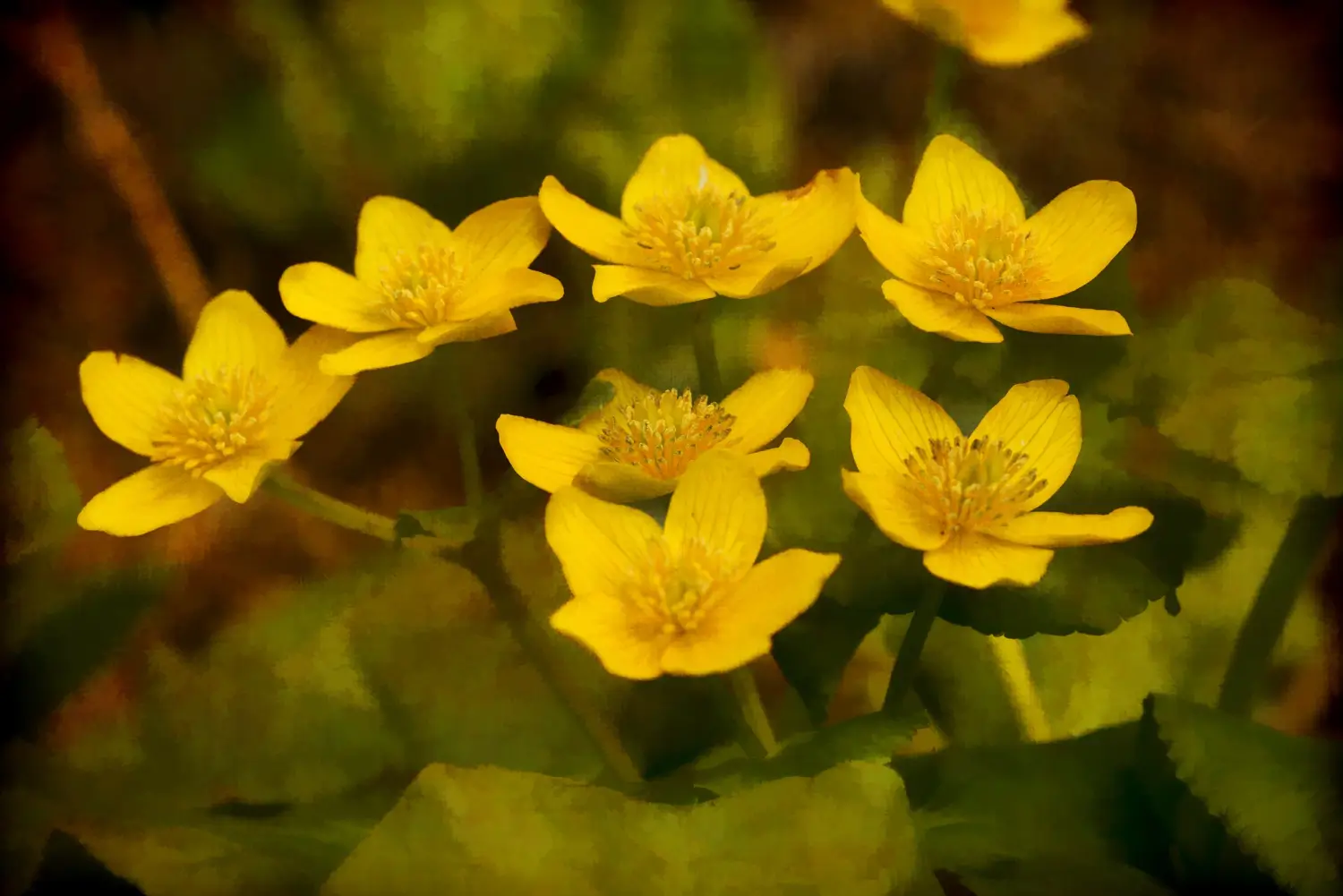
Sagebrush Buttercup
That’s the quiet beauty of the Sagebrush Buttercup (Ranunculus glaberrimus). As delicate as it looks, this little perennial is tough, adapted to the rugged rhythms of high desert life.
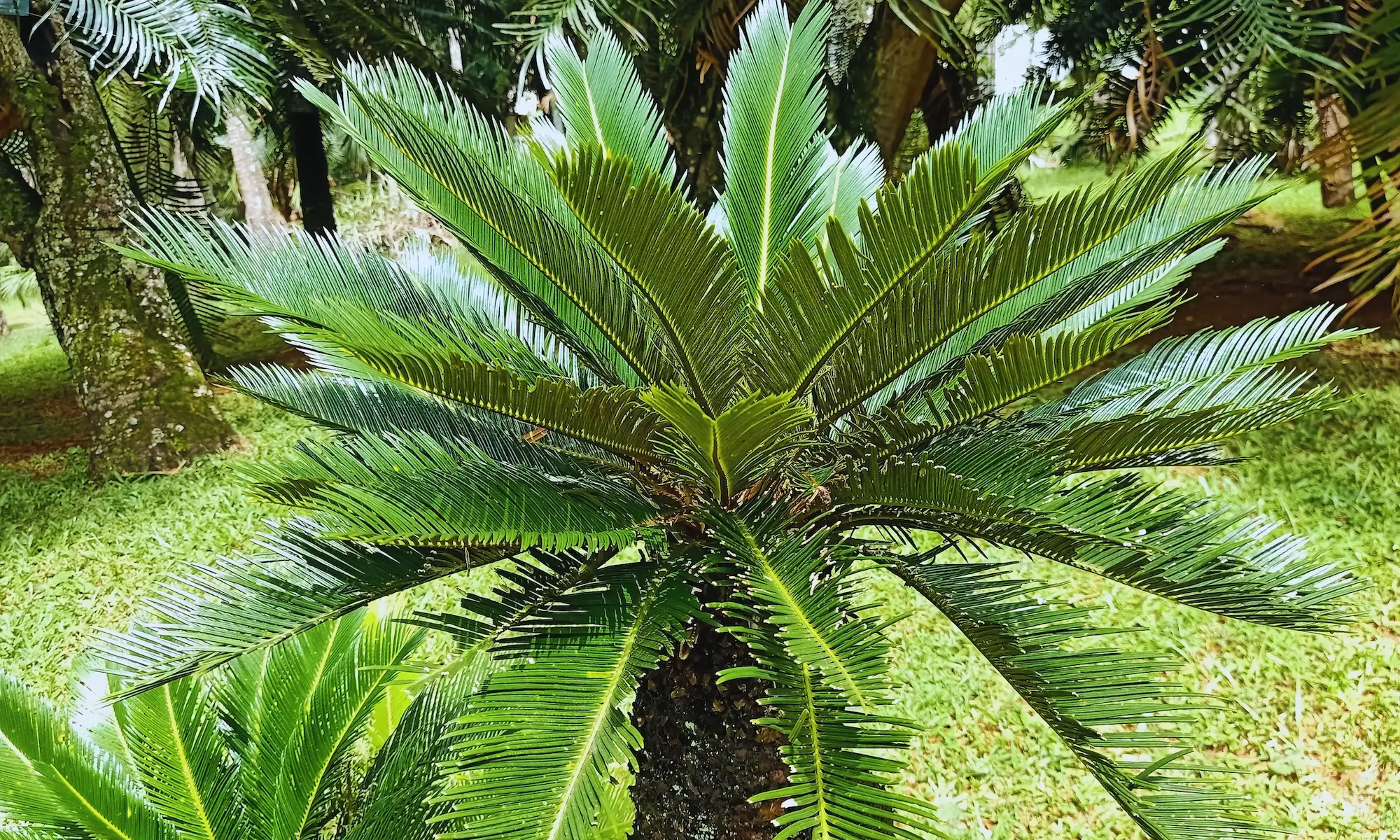
Sago Palm
Meet the Sago Palm — a prehistoric wonder that adds dramatic, architectural interest to any space
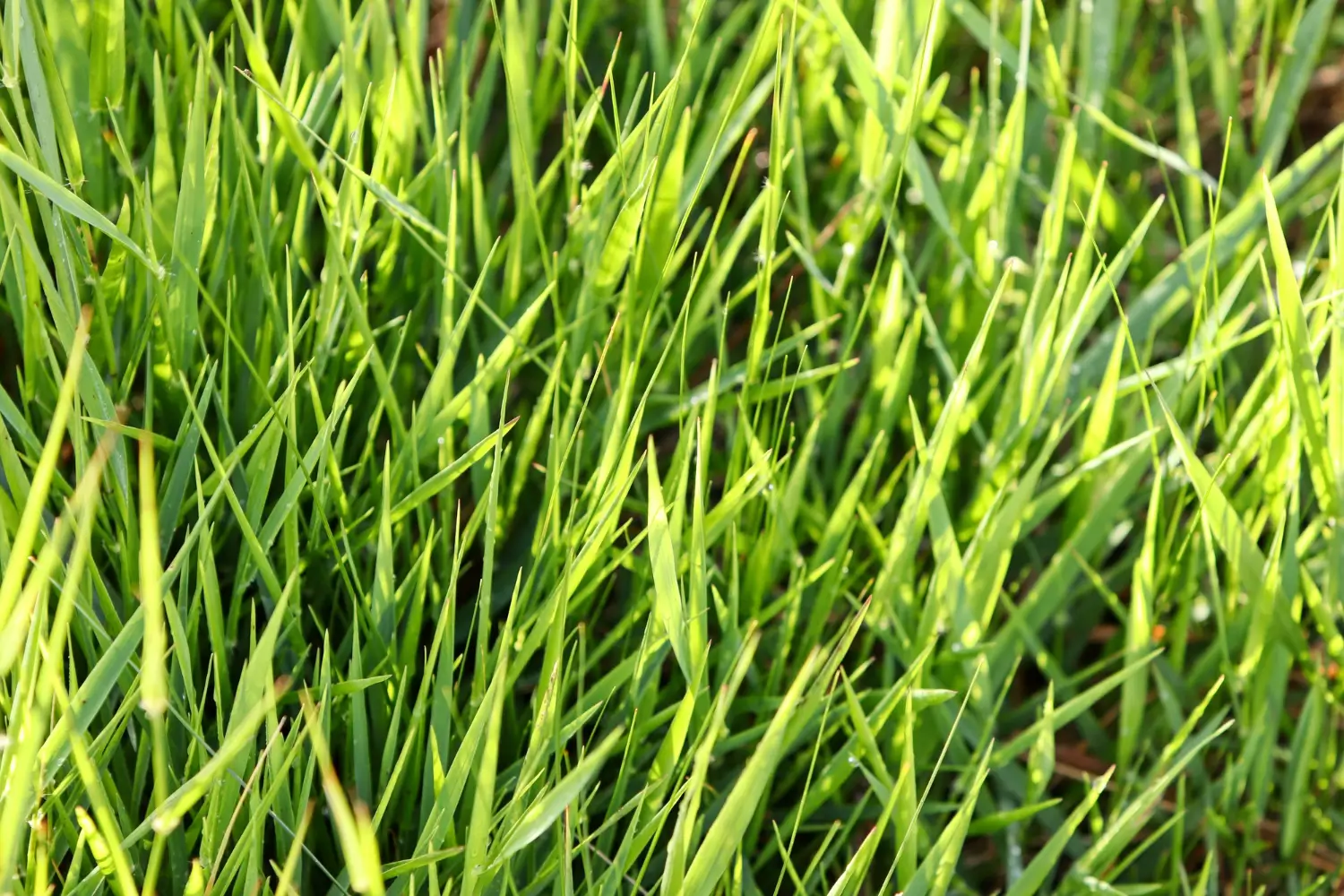
Tall Fescue Grass
If you're in search of a tough grass that remains green for longer and possesses better heat tolerance than any other cool-season variety, then Tall Fescue Grass could be the perfect solution for your lawn.
When it comes to care, Date Palms lean toward the hardy side compared to fussier tropical plants. Young plants will require relatively constant moisture and warmth to establish, while mature palms are extremely tolerant of drought and can handle cool conditions and light frosts. They are also full sun lovers, which along with modest humidity requirements makes them ideal for warm climates and bright interiors.
Though they will take a few years to get big, Date Palms can eventually become large and impressive, giving you elegant greenery for decades if not more. They are very low maintenance and only require the right amount of water, natural light, and the occasional trim of old fronds. Pests and diseases are not very common, so this palm will be trouble-free when you get to know how to care for them.
So here’s how to keep your Date Palm happiest:
Date Palms need lots of full sunshine to really succeed. Outside, they thrive in direct sunlight, and indoors they prefer the sunniest spot you can provide—south- or west-facing windows, for example. Not enough light results in leggy growth and weak fronds. Turn your palm around from time to time to build balance and stop it from leaning towards the light.
Well-draining soil is essential to prevent root rot. Outdoors, sandy or loamy soils replicate its native desert habitat. Indoors, use a cactus or palm-type potting mix, or mix regular potting soil with sand and perlite to promote drainage. It prefers slightly alkaline to neutral (ph 7-8) soil.
Although mature Date Palms are drought resistant, they thrive with regular, deep watering when young. Water well when the top few inches of soil are dry, especially during hot, dry times. Reduce watering in winter. Always avoid soggy conditions, especially for container-grown palms, as this encourages root rot.
Prune conservatively. Prune only dead, diseased or yellowing fronds from the base with clean, sharp shears. Refrain from over-pruning —taking away healthy fronds may retard growth and stress the plant. Be cautious: fronds can have sharp tips.
Seasonal cleaning:
Date Palms are usually not grown from seeds but offshoots ( suckers) when grown as ornamental houseplants.
Propagation by division:
Growing from seeds is possible but extremely slow and often impractical for home growers.
Date Palms are also well-suited for growing in containers when small ,though they’ll eventually outgrow most indoor spaces.
Potting tips:
Indoor positioning:
If grown in containers, protect Date Palms from freezing temperatures:
Outside, mature palms can handle short spells of cold weather, but if it falls below freezing for an extended period, it can damage or kill them.
Date Palms are famous for producing the sweet date fruits in the desert but the indoor or potted plants seldom or never flower or yield fruit. Sun, favorable outdoor conditions and many years are required for flowering. For anyone growing them indoors, their foliage is still the greatest appeal.
Although Date Palms are relatively low-maintenance, they can still encounter a few common setbacks, especially if grown indoors or in cooler climates. Fortunately, most problems show clear symptoms, making them easy to diagnose and correct with simple care adjustments. Keep an eye out for these typical issues:
With a timeless desert aesthetic, the Date Palm (Phoenix dactylifera) has a long-term elegance that will stand the test of time in your outdoor and indoor spaces! While it is slower to grow and best suited for gardeners with patience, its minimal humidity needs and sun-loving nature make it a manageable choice for those seeking architectural greenery.
While its sharp fronds and large eventual size may require some care in placement, the Date Palm rewards consistent, straightforward attention with lush, feathery fronds and enduring beauty that only improves with age. Whether you use it as a bold statement in a bright room or part of a Mediterranean-style garden, this plant delivers timeless appeal to your space.
No—the sharp fronds can injure pets, and fruit remnants (if any) could pose choking hazards.
Slow grower, but can eventually grow 6 – 10 feet (1.8 – 3 meters) indoors with the right growing conditions.
No—Date Palms prefer dry air. Focus on bright light and controlled watering rather than humidity boosts.
For best results, apply a tree-formulated fertilizer monthly during spring and summer.

Soil Health & Fertilization
Victor Miller
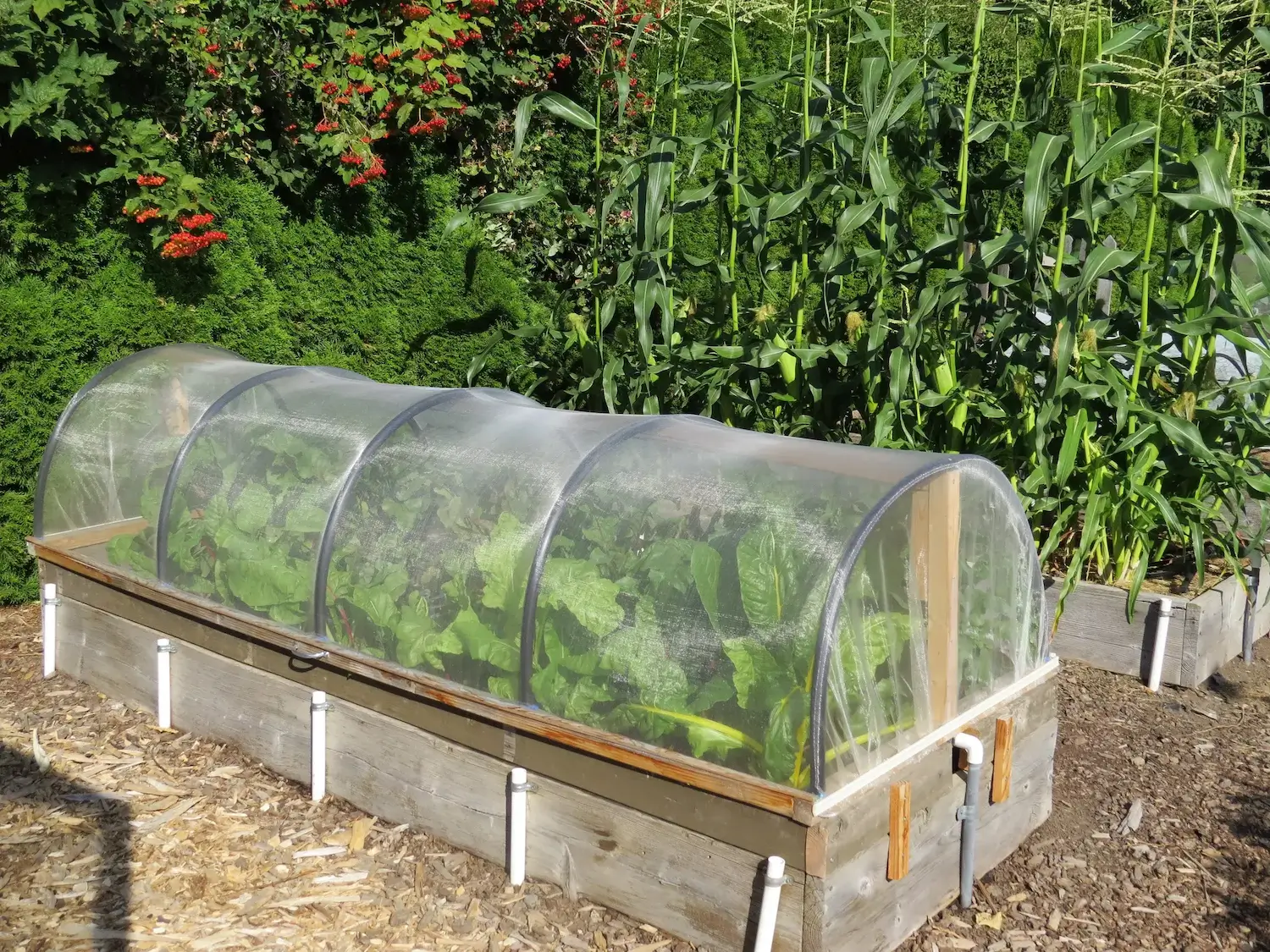
Pest Identification & Prevention
Victor Miller
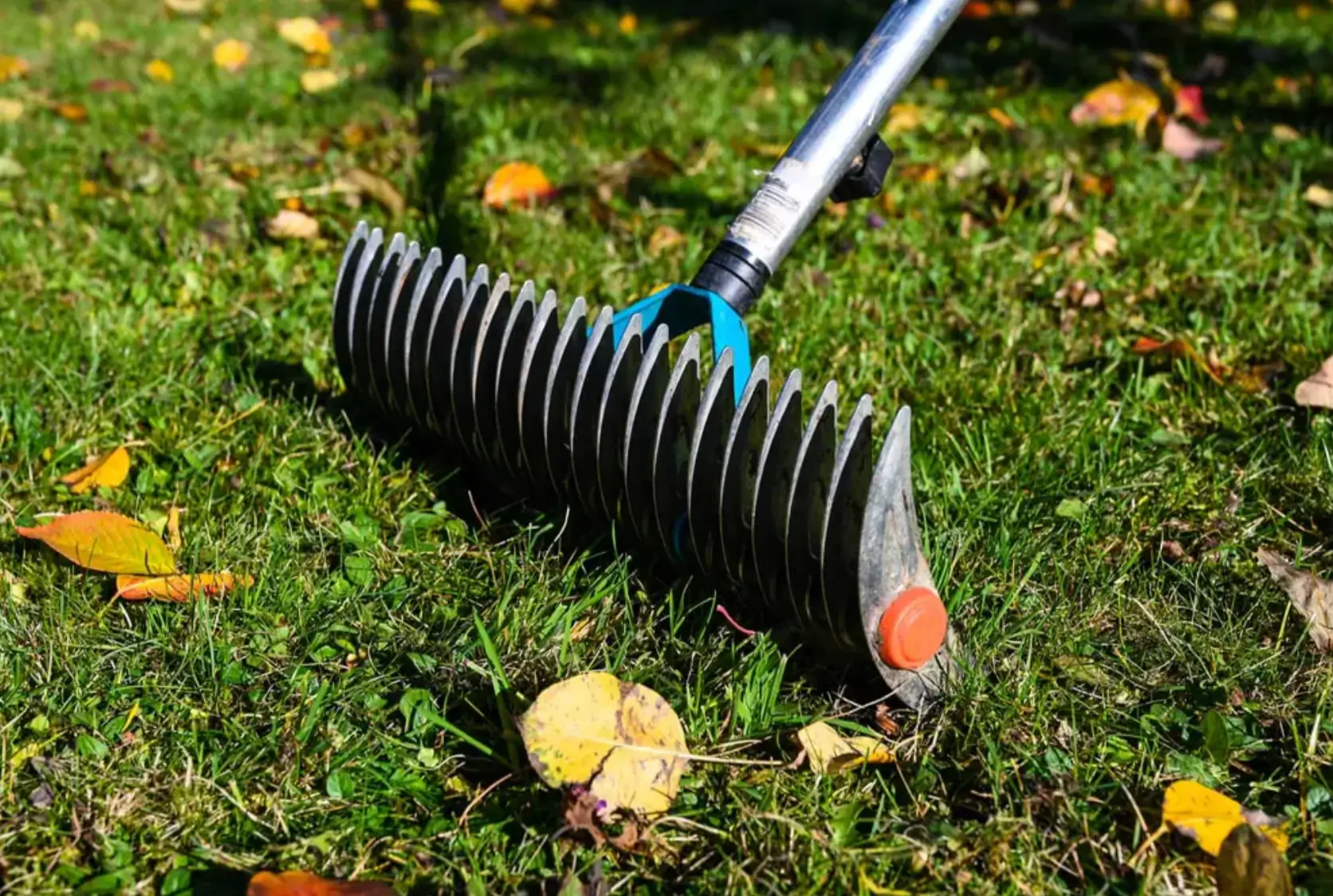
Lawn Care Tips & Maintenance
Victor Miller
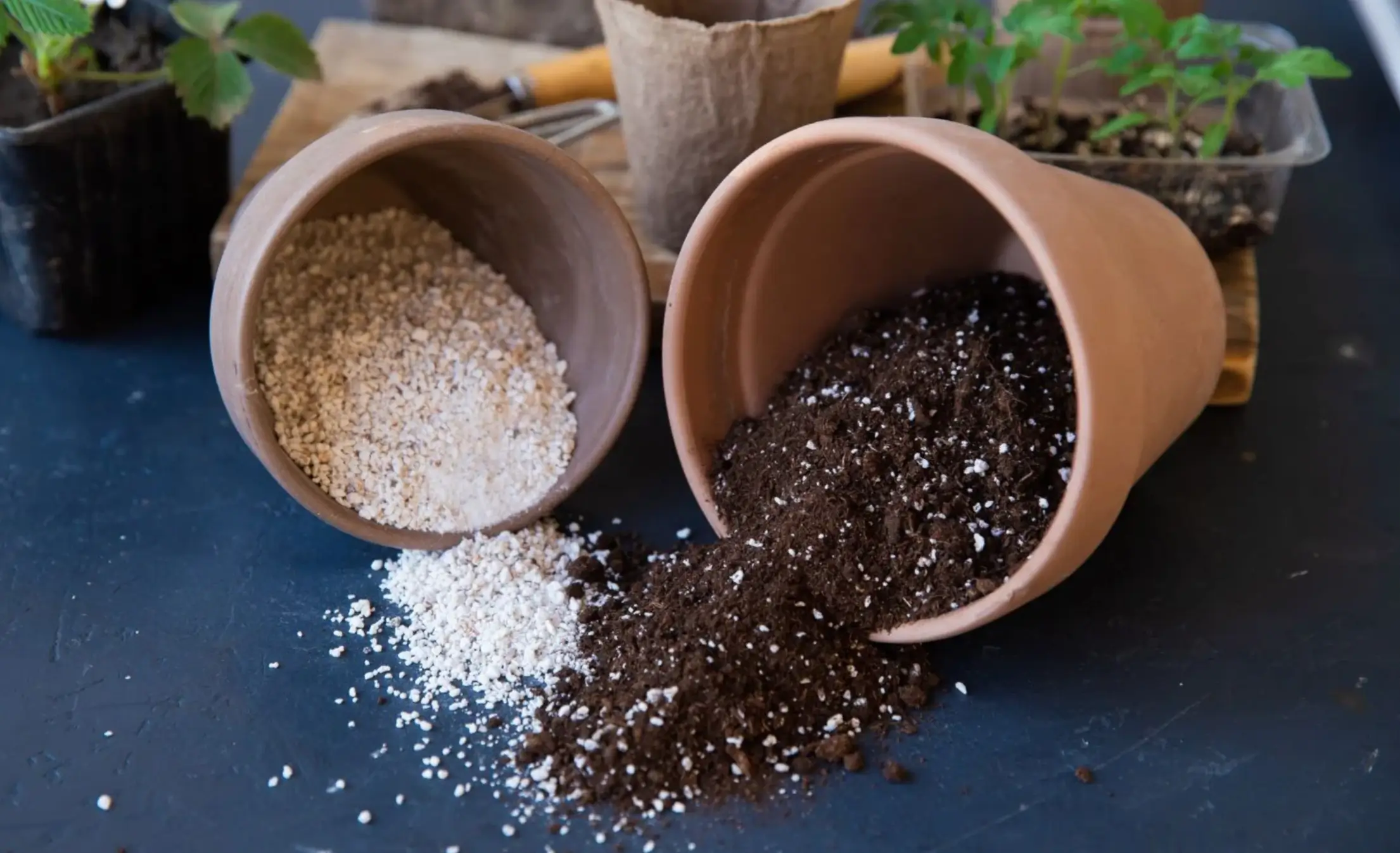
Soil Health & Fertilization
Victor Miller
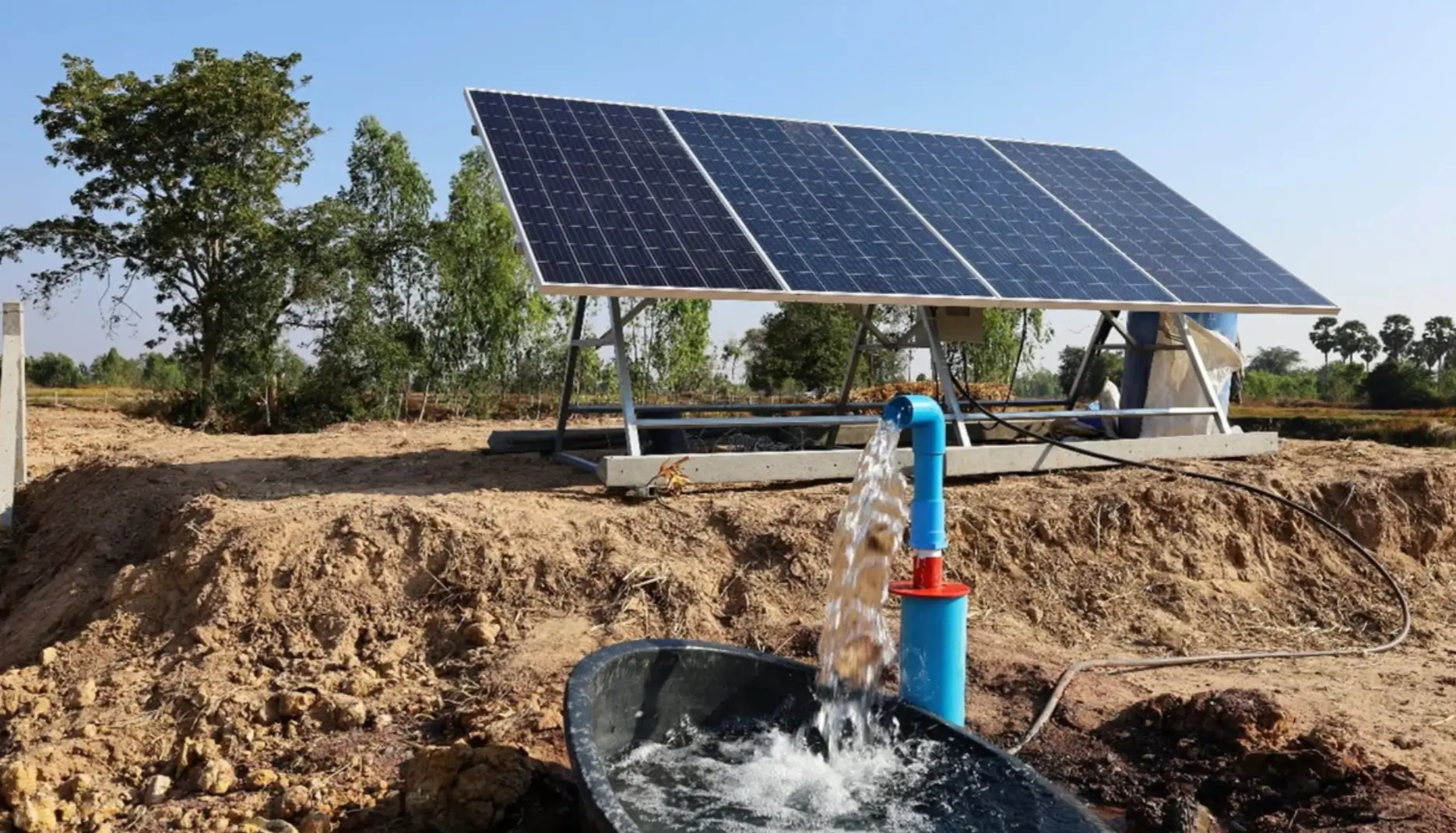
Smart Irrigation Systems
Victor Miller
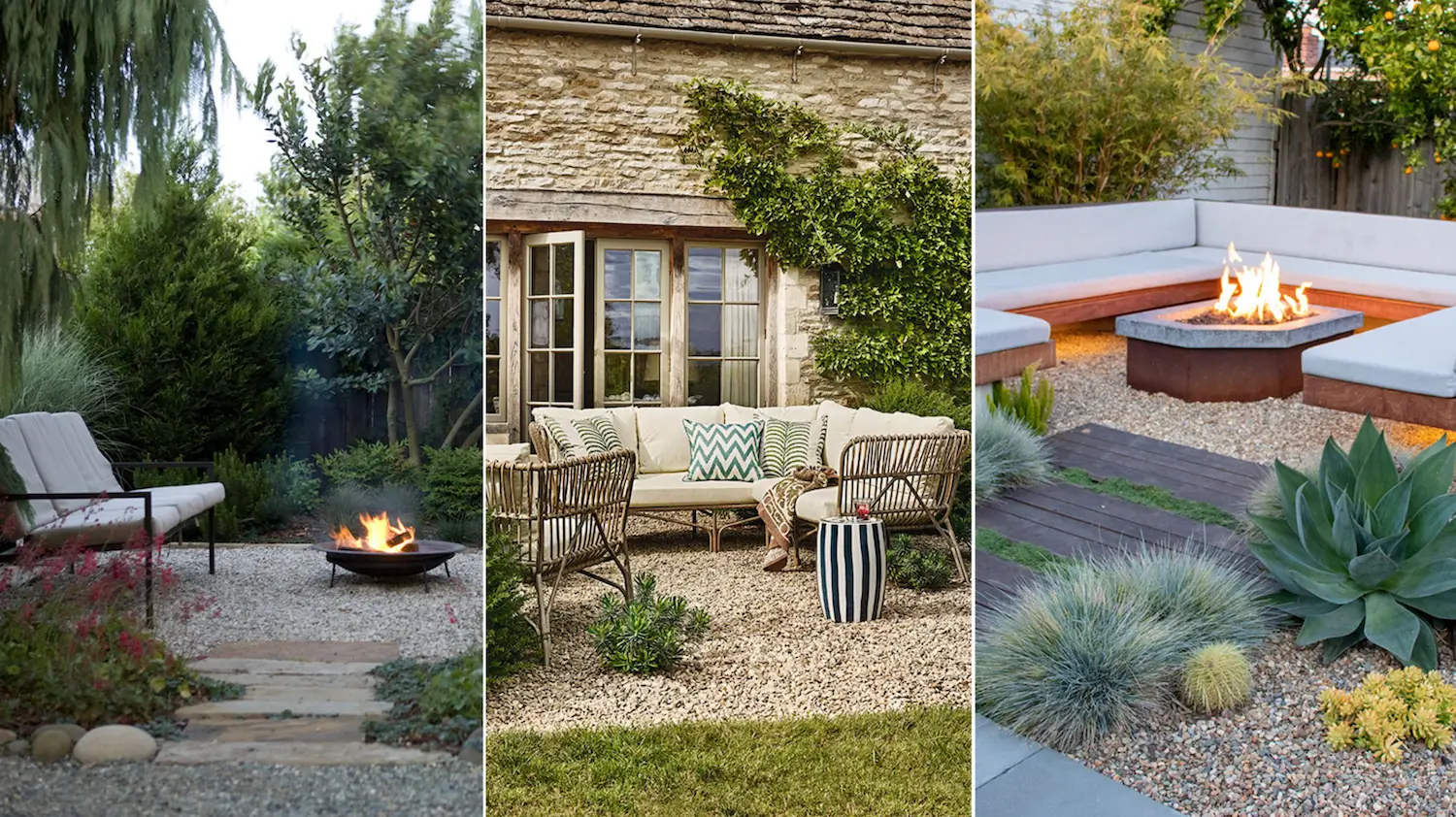
Patios, Walkways & Driveways
Victor Miller
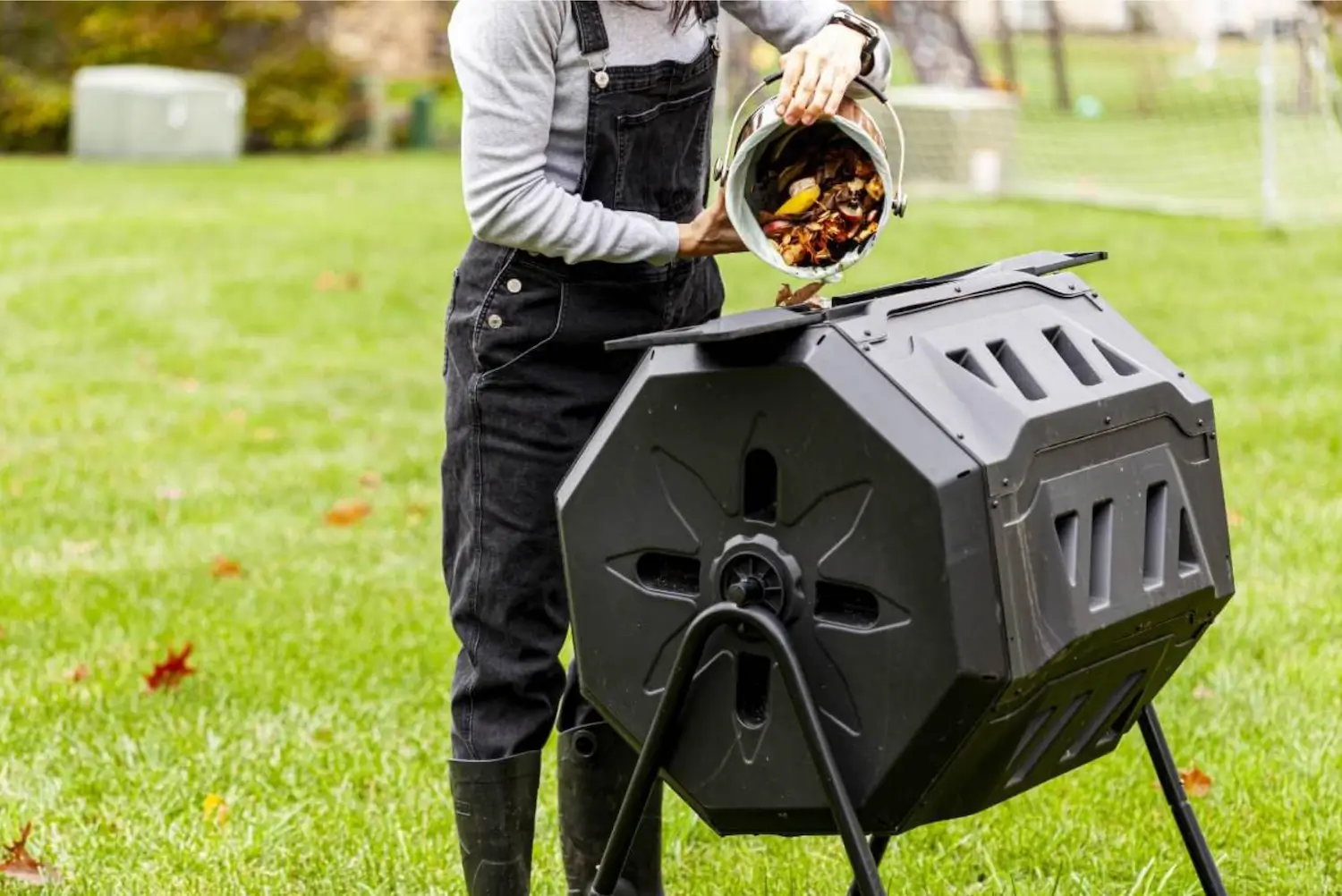
Soil Health & Fertilization
Victor Miller
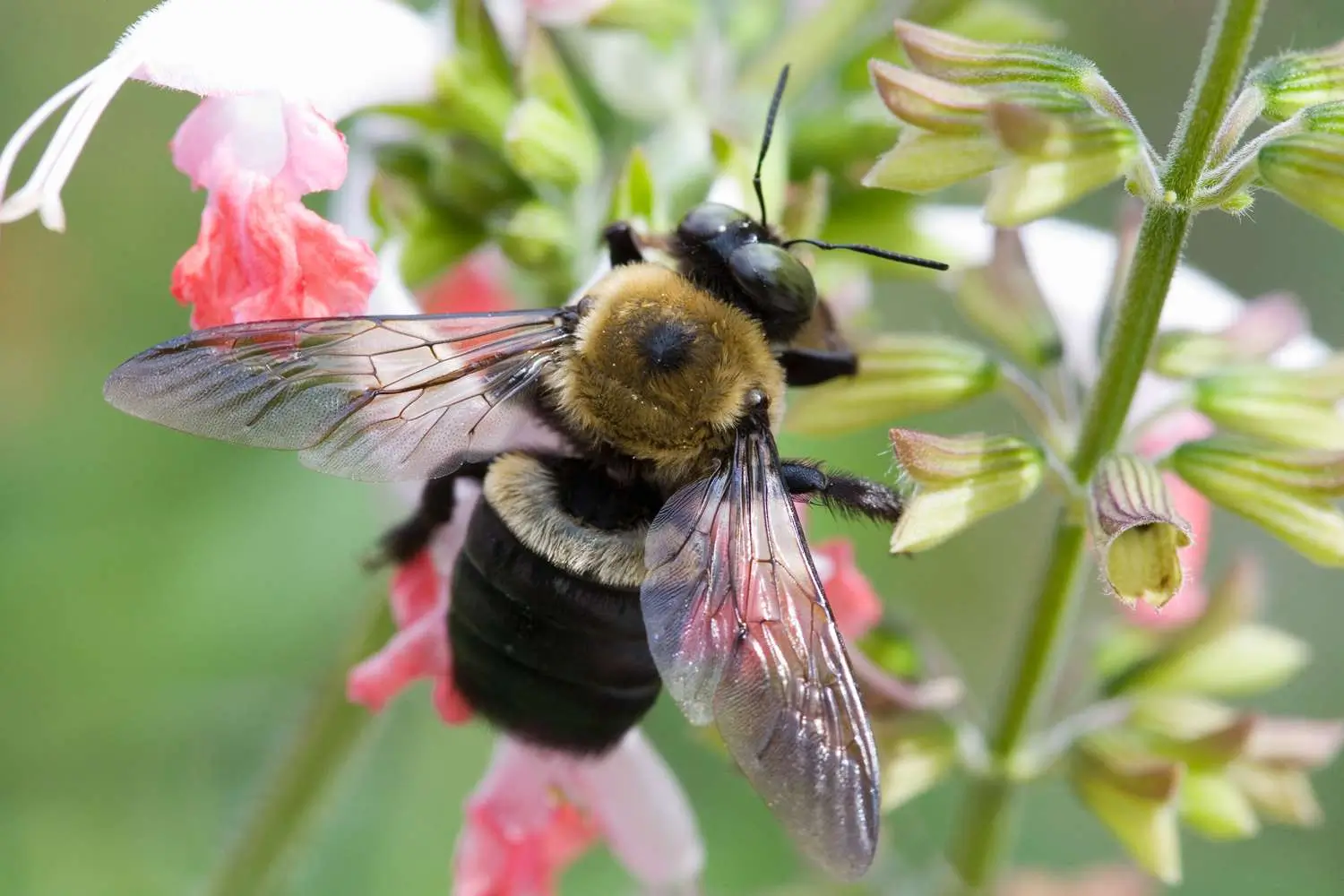
Pest Identification & Prevention
Victor Miller
My Account
Our team is always here to help.
We are open Monday - Friday, 9:00 AM to 4:30 PM PST.